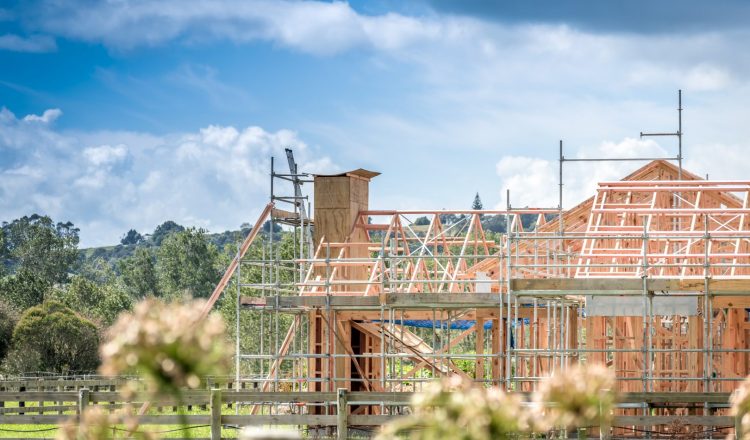Cải tạo nhà
Ở New Zealand có một nền văn hóa tự làm (Do it yourself-DIY) ‘, nơi hầu hết mọi người khi tiến hành cải tạo sẽ chọn làm tất cả công việc, họ có thể tự làm. Đó là một cách để giảm chi phí và thực sự tham gia.
Hầu hết các công việc cải tạo nhà đều có thể tự thực hiện, tuy nhiên, có một số công việc cải tạo nhà chuyên nghiệp như hệ thống ống nước và điện sẽ cần sự trợ giúp của chuyên gia. Nếu bạn không nhận được sự trợ giúp chuyên nghiệp về những việc này thì bạn có thể gây ra các vấn đề nghiêm trọng trong nhà của bạn hoặc bạn có thể tự làm mình bị thương.
Nhiều thay thế và cải tạo sẽ yêu cầu sự đồng ý của tòa nhà. Đây là sự chấp thuận chính thức về công trình xây dựng mà bạn đang đề xuất Loại công việc này phải được thực hiện bởi người hành nghề xây dựng được cấp phép. Theo Đạo luật Xây dựng năm 2004, các loại công trình xây dựng này bao gồm:
- Công việc xây dựng cấu trúc – bao gồm thay đổi, bổ sung, sửa chữa lại và phá dỡ một số
- hầu hết hệ thống ống nước và hệ thống thoát nước đều hoạt động khi một thiết bị cố định bổ sung đang được lắp đặt, việc di dời các tòa nhà
- Một số công việc trang web, ví dụ, đào đất cho một phần mở rộng mới
- Xây dựng hàng rào cao hơn 2,5 mét
- Xây dựng một bức tường chắn cao trên 1,5 mét
- lắp đặt trong hồ bơi hoặc hồ bơi spa.
Nếu bạn đã làm việc ra rằng bạn cần một sự đồng ý của tòa nhà, sau đó bạn sẽ cần phải điền vào một mẫu đơn đăng ký. Bạn không được phép bắt đầu bất kỳ công việc thực tế nào trong dự án tòa nhà của bạn cho đến khi bạn có sự đồng ý của tòa nhà.
Bạn cần đảm bảo rằng ứng dụng của mình có một nền tảng vững chắc để đưa ra các quyết định sáng suốt, hiệu quả và tiết kiệm chi phí. Có một mẫu đơn tốt cũng sẽ giúp đẩy nhanh thời gian xử lý và phê duyệt.
Bạn thường có thể nhận được một mẫu đơn từ hội đồng địa phương của bạn hoặc bạn có thể tải xuống một mẫu trên trang web của họ. Trên trang web của họ, họ sẽ có thêm thông tin về việc họ có bất kỳ yêu cầu đặc biệt nào đối với bạn khi điền vào biểu mẫu hay không.
Nếu việc cải tạo nhà của bạn cần có sự đồng ý của việc xây dựng nhưng bạn bắt đầu công việc mà không có, bạn đang vi phạm và các hình phạt bao gồm tiền phạt lên đến 200.000 đô la và dỡ bỏ công việc bạn đã làm.
Bất kỳ công trình xây dựng nào ở New Zealand đều phải tuân thủ Bộ luật Xây dựng. Bộ luật Xây dựng được chứa trong các quy định theo Đạo luật Xây dựng 2004. Đạo luật điều chỉnh ngành xây dựng và đề ra các quy tắc xây dựng, thay đổi, phá dỡ và bảo trì các tòa nhà mới và hiện có ở New Zealand.
Mọi kế hoạch đều được đánh giá bởi cơ quan chấp thuận của tòa nhà (BCA-building consent authorities), những người thường là hội đồng, để đảm bảo rằng tòa nhà tuân thủ Quy tắc xây dựng. Khi họ tin rằng điều này là đúng, họ sẽ cấp phép xây dựng cho công việc để họ có thể tiến hành.
Bộ Kinh doanh, Đổi mới và Việc làm (MBIE – Innovation and Employment ) cung cấp sự lãnh đạo tổng thể của ngành công nghiệp xây dựng. Họ quản lý hệ thống điều chỉnh công việc xây dựng và đảm bảo nó luôn được cập nhật. Điều này có nghĩa là họ thường xuyên xem xét Bộ luật Xây dựng và tài liệu sản phẩm để chỉ ra cách tuân thủ nó. Nếu một tranh chấp phát sinh về việc tuân thủ Bộ luật Xây dựng, thì bạn có thể đến MBIE để được tư vấn.

















































